Sbarro Vessa Pilcar Carville , 1978
The electric car was not born of the latest ecological considerations. Far from it! In 1899, La Jamais contente, the first car to exceed 100 km/h, was powered by an electric motor. But the difficulty of storing electricity in batteries that were too heavy and often inefficient and expensive led to the marginalization of the electric car. So, in 1977, when the Pilcar was introduced, the commercial offer was limited to golf cars and a few uninteresting buggies. It was against this unfavorable backdrop that Sbarro presented the Pilcar, marketed under the Vessa brand, a company owned by Société Romande d'Electricité, Clarens, Switzerland. Technically, the Pilcar was neither new nor revolutionary. Its main interest lies in the fact that it's already on the market! Admittedly, production figures were low, but not insignificant for a vehicle from an artisanal manufacturer (Sbarro) and a totally unknown brand (Vessa). Between 1977 and 1980, 23 examples were sold, plus 5 pick-ups built in 1979-1980.
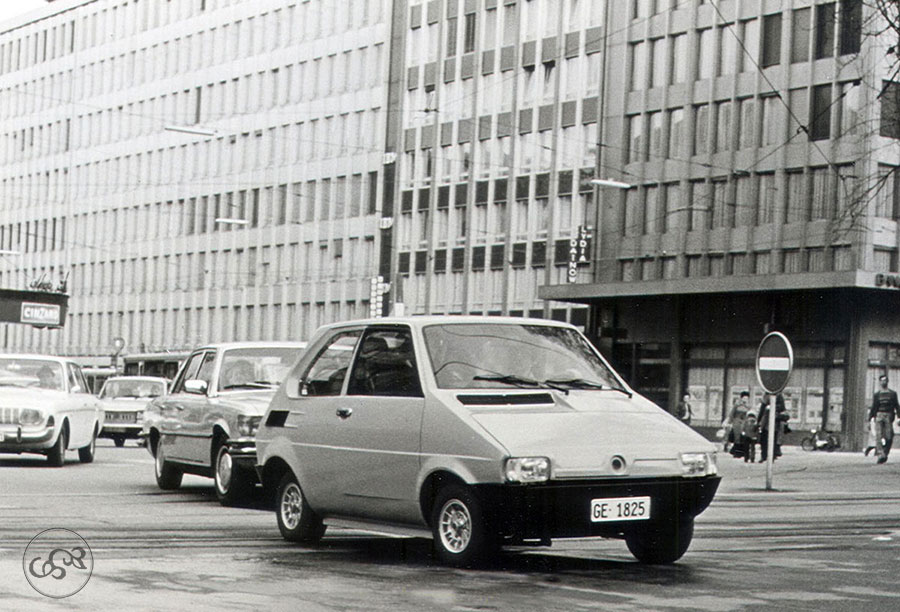
Pilcar, the simple electric car!
The Pilcar is a small city car, powered by a DC electric motor (84 volts 8/16 kW, 23 hp DIN) and 24 Super-Dynac 40 Wh/kg flat-plate batteries developed by Leclanché. Range is 100 kilometers, which is quite a performance (a 2023 Citroën Ami can't do any better). The polyester body (Franco Sbarro's specialty) rests on a tubular chassis. Unfortunately, although the Pilcar is very compact, the batteries add 500 kg to its weight. As a result, the little electric car reached 920 kg, a considerable weight for its time. Performance suffered as a result: the Pilcar managed to exceed 100 km/h, but its cruising speed was closer to 80 km/h (remember that it only developed 23 hp, the power of a 2cv at the time!). Recharging is simple: just plug the car into the mains and wait around 8 hours.
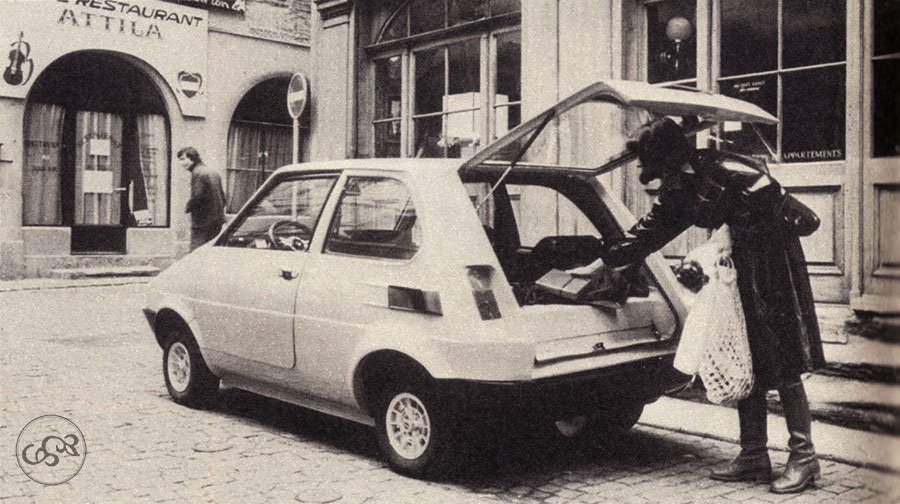
Pilcar becomes Carville
From March 1979, Pilcar changed its name to Carville. A few modifications were made, especially to the rear lights, which were better integrated. The car moved upmarket. The car was guaranteed for one year or 20,000 km. Sbarro was only responsible for construction. Sbarro's brochures of the time stated that orders had to be placed with the Société Romande d'Électricité. The price in 1977 was 16,000 Swiss francs. Production ceased in 1980.
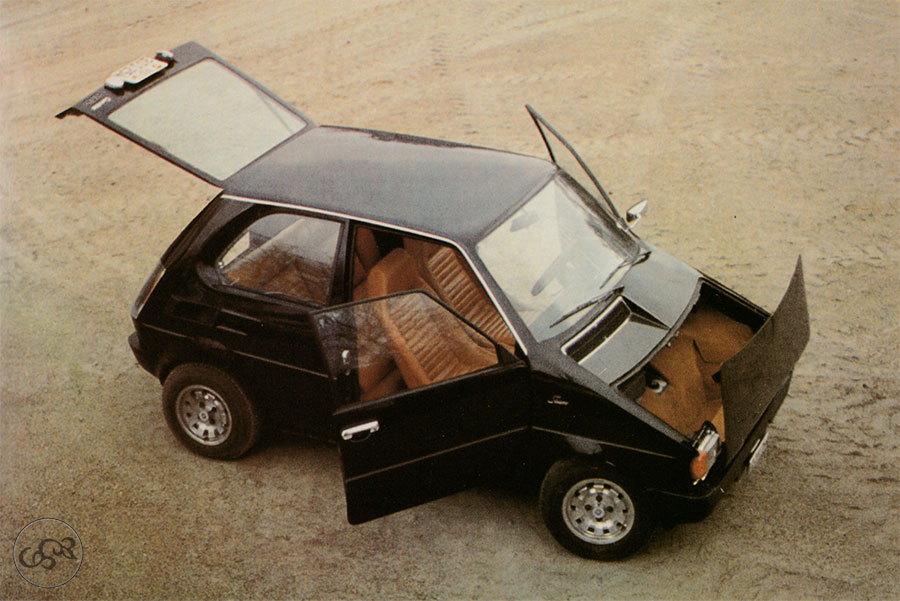
The Pilcar-Carville didn't revolutionize the electric car. It has long been forgotten. Perhaps because of the very conventional technical solutions employed. Yet its development and reliability appear to have been serious. Perhaps it was ill-adapted to its time? Too early and too little known. In any case, it's a nice little car that shows that Sbarro was already showing curiosity for unusual solutions, like electricity in this case.
What the press said at the time
Extract from L'Autojournal n°18, October 15, 1977.
"With the price of oil rising at the speed of
a packed elevator, we almost forget about the evils of
everyday life. Thank goodness for the Office of Energy
Conservation, which is doing all it can for our property and
our wallets. What's more, research is going on all over the
world, and we recently saw that, despite the reluctance of
public authorities, a French inventor has developed a
revolutionary fuel based on herbs and other urban waste.
But what's become of the battery, that good old thing that was
already performing feats before 1900? Not much, to be honest.
A sort of stable situation that never ends, but which,
according to William Ylvisaker, CEO of Gould lnc. could
produce excellent results within five years. These would be
nickel-zinc batteries enabling a vehicle to travel at 96 km/h
for 200 km. Better still, another generation of "lithium metal
sulfide" batteries would allow a range of around 300 km by the
1980s. But all this is only at the experimental stage, and
would still be very expensive. So for a long time to come,
we'll have to make do with these old-fashioned batteries to
get a car moving electrically.
Such is the case with the brand-new Pilcar, designed by the
Swiss company Pilcar for the propulsion system, and by another
Swiss company, Sbarro, for the chassis, body and various
fittings.
This is truly a small four-wheeled car (it's worth pointing
out that too many electric vehicles resemble forklifts or
modified wheelbarrows). The tubular chassis consists of two
large side beams embedded in the fiberglass body; despite its
weight of 1100 kg, rigidity is absolute. The car is a
two-door, with room for four adults. Mechanically, there are
four independent wheels with coil springs and integrated shock
absorbers, two disc brakes at the front and drum brakes at the
rear, rack-and-pinion steering (Opel) and 13 v 15 wheels.
Rear-wheel drive is provided by a conventional 84-volt
electric motor coupled to a Variomatic transmission. In fact,
the trick lies in the 14 batteries located near the motor and
in the center of the car. A test drive will tell us that these
14 batteries deliver good performance; on the other hand, they
add an enormous 550 kg to the weight. With this weight, the
engine delivers decent torque at 3,000 rpm and 21 hp DlN at
4,500 rpm.
As soon as you start maneuvering on the spot, you feel the
heaviness of the 500kg front axle. With the first turns of the
wheel, this inertia fades and the car quickly picks up speed.
The speedometer immediately indicates 80 km/h, with a top
speed of 105 km/h. This figure is all the more commendable
given that it can be maintained for several dozen kilometers.
After 80 km of road, mountain and city riding, power is
slightly reduced, by around 20%. In other words, without
refuelling, the Pilcar can cover 80 km at maximum capacity
with four people on board, and over 100 km in less severe
conditions. Obviously, this exceptional range is due to the
large number of batteries; on the other hand, their weight
limits acceleration and destroys a certain combativeness. In
this respect, there's no miracle. Even so, roadholding is
perfect, with a slight oversteer at the limit and powerful
brakes.
The motor is equipped with a charger and a 30-amp charge
limiter, so all you have to do is pull a plug and plug it in
anywhere, and you're ready to go, after 7 to 8 hours of
charging. There's nothing mysterious about this
3.06-metre-long car, nothing that will shake up the science of
batteries.
Nevertheless, the intelligent design of this car, combined
with an autonomy in excess of 100 km in the city, makes the
Pilcar a true city car whose qualities are comfort,
maneuverability (turning circle: 7 meters) and silence. And
then there's the magic of electricity, which in this case is
not a fleeting word that disappears as quickly as amperage."
https://www.rts.ch/archives/tv/information/un-jour-une-heure/11139917-la-pilcar.html
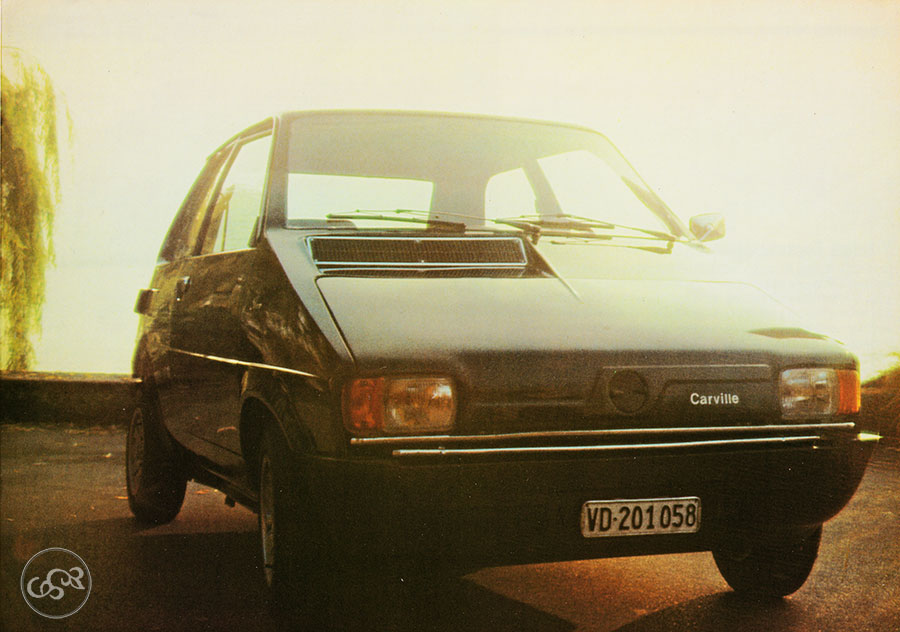
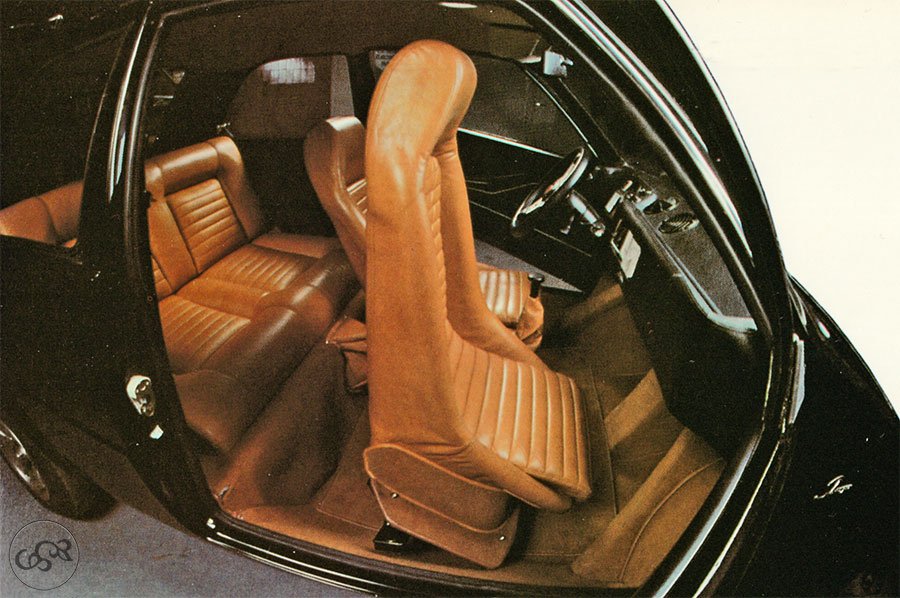

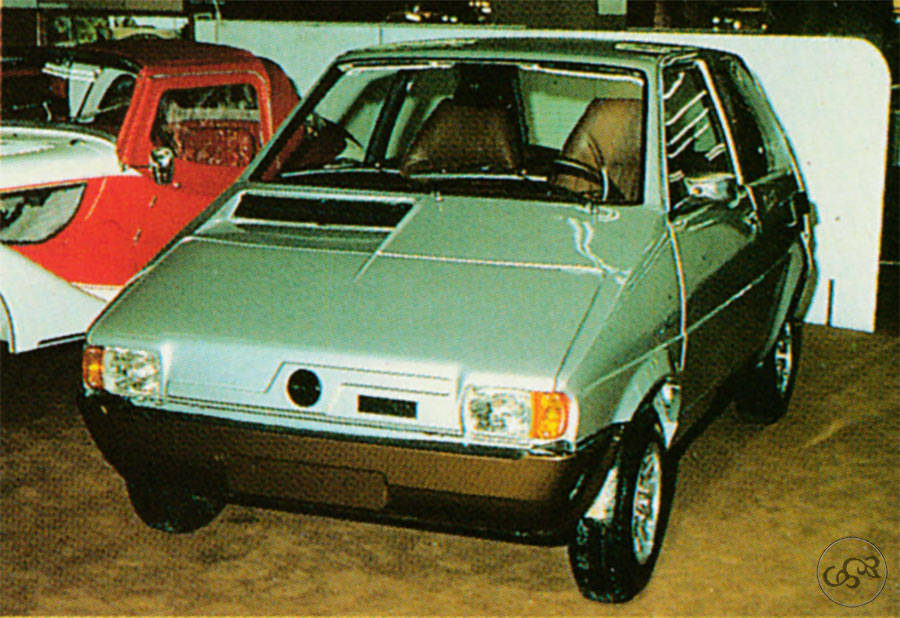
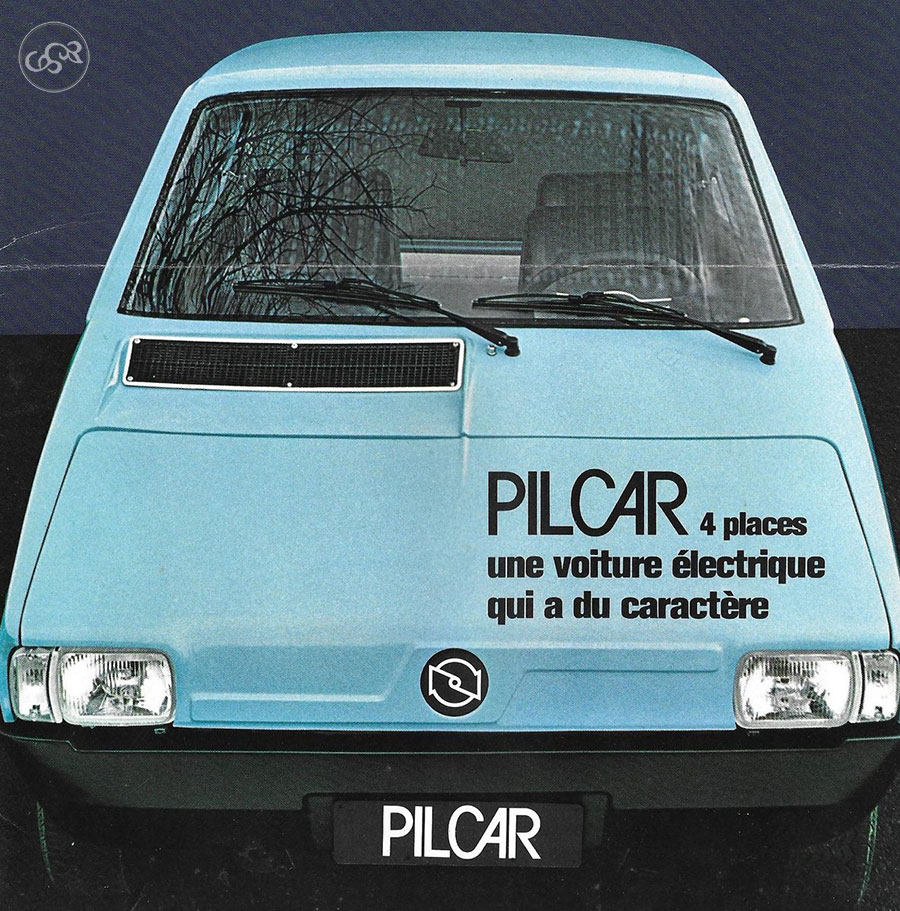
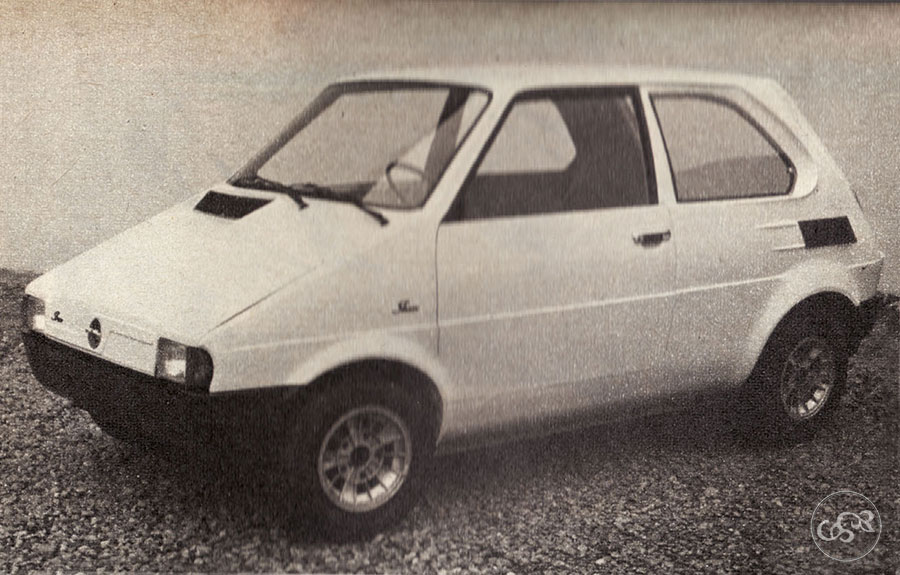
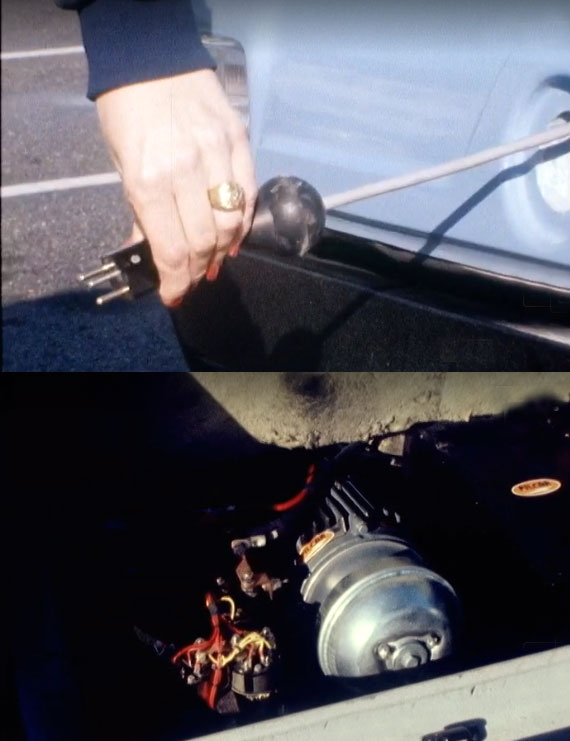
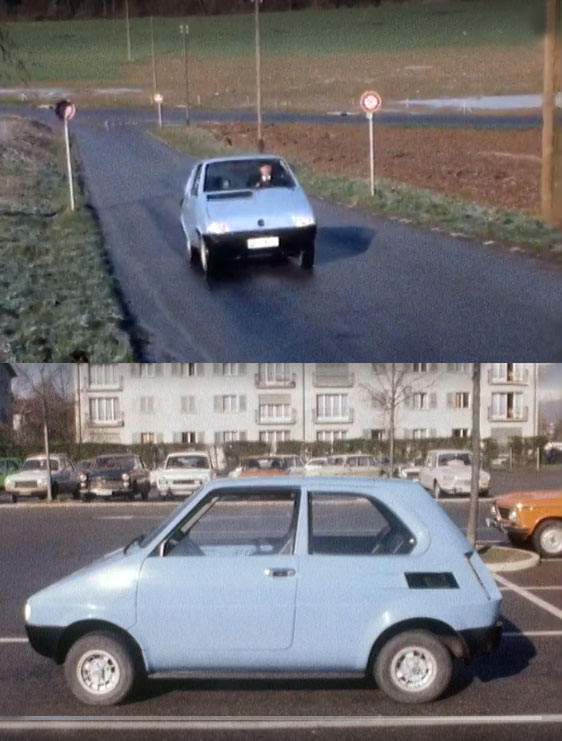
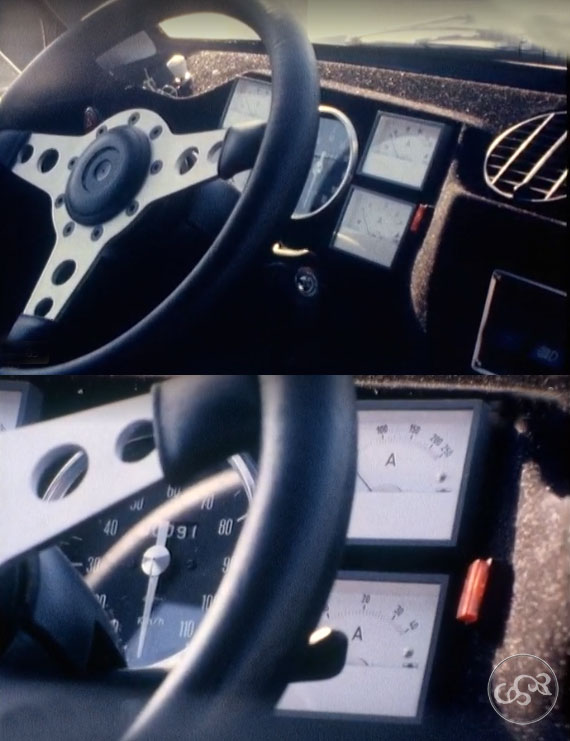
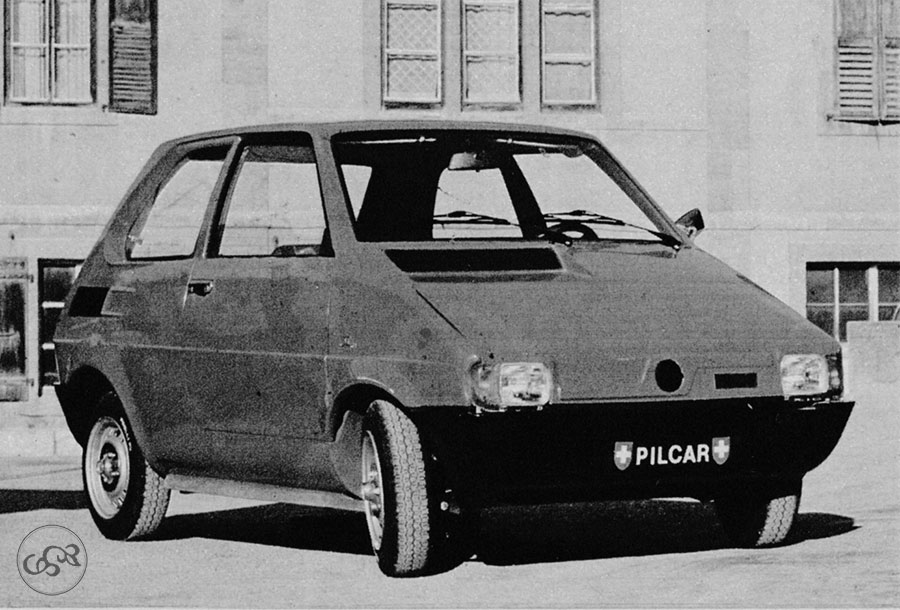
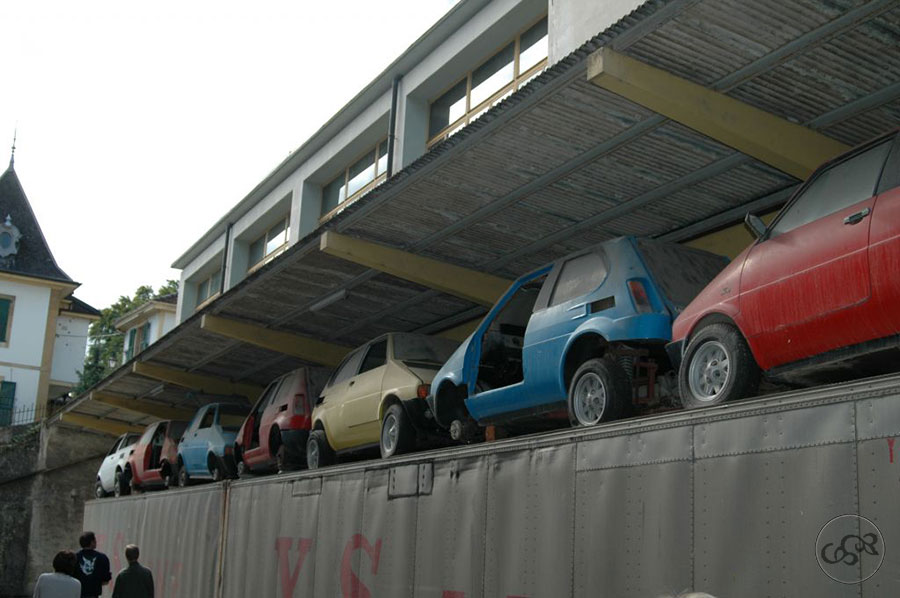
In brief
1- Sbarro's innovative spirit led him to take an interest in electric cars as early as 1978.
2- Less than thirty examples
3- Released forty years too early?